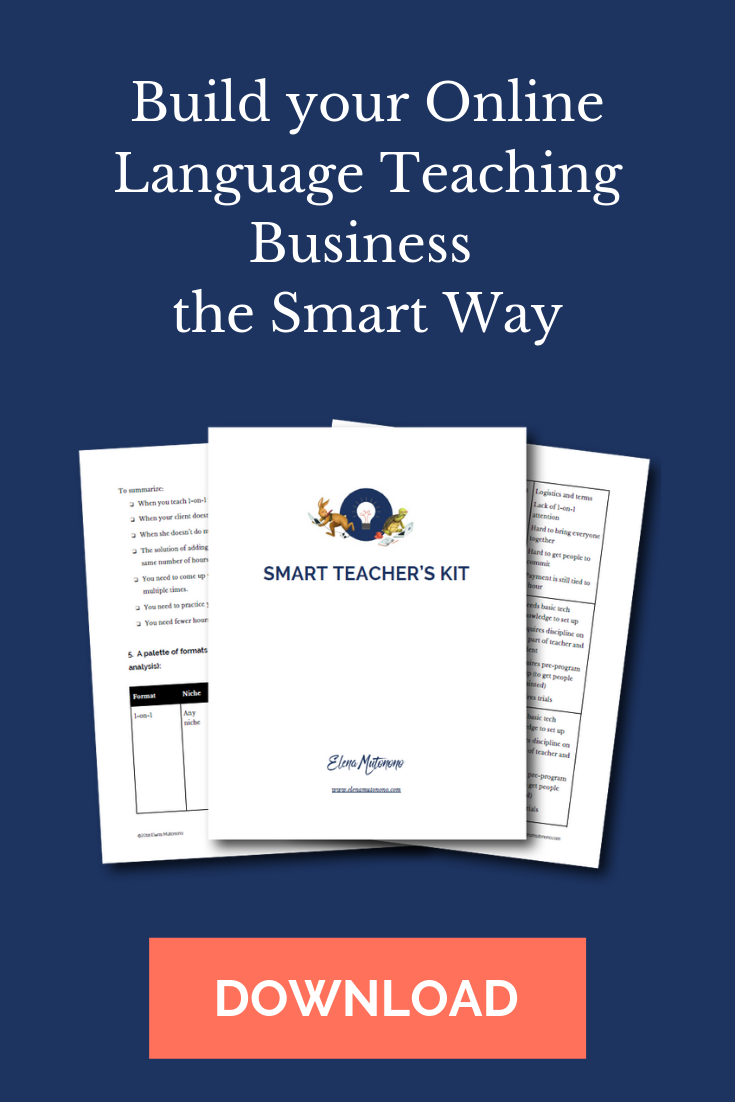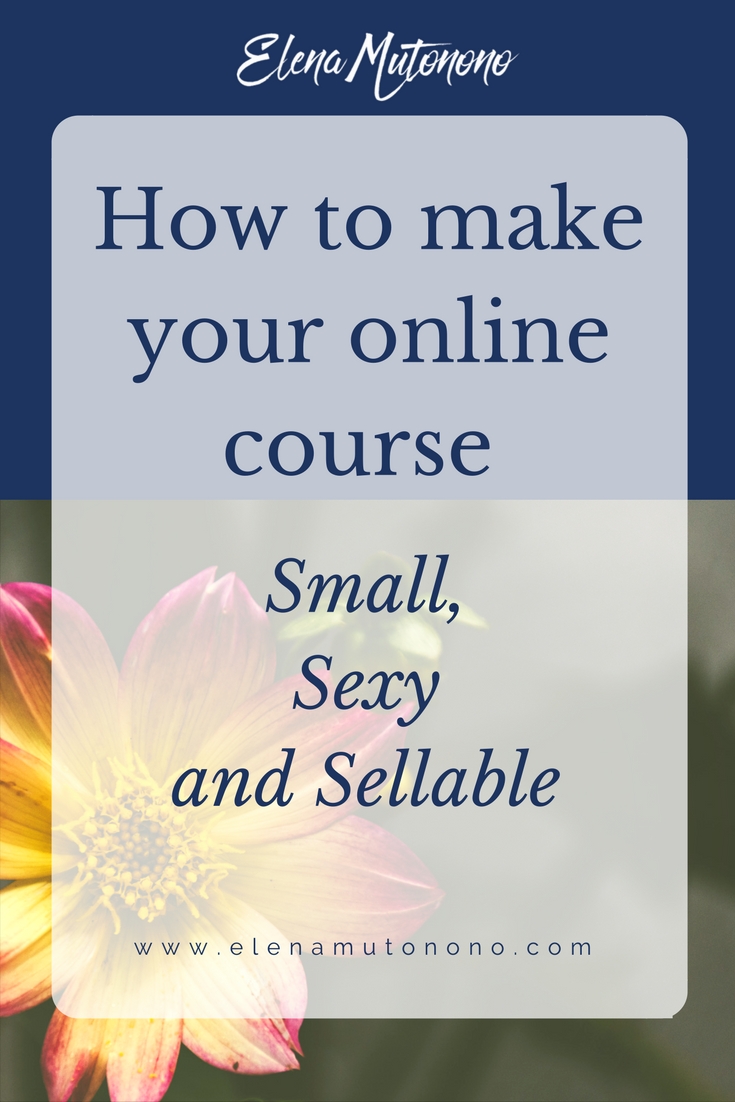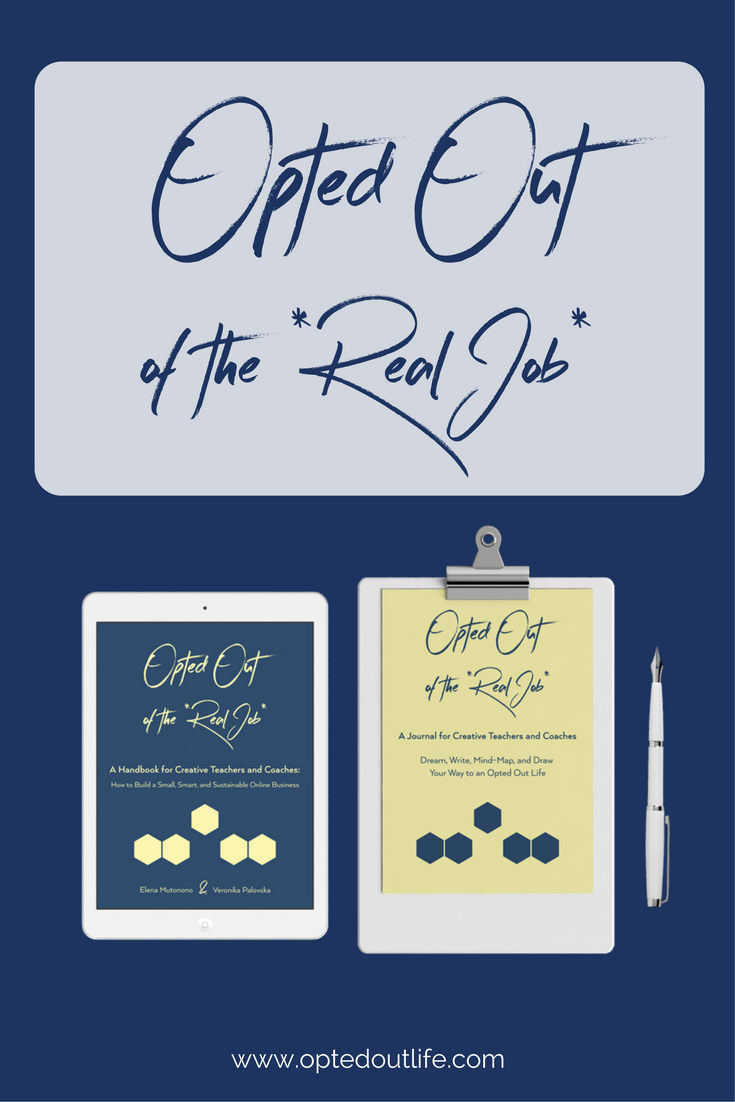Why create a product?
Do you remember the first time you asked yourself, “What if I created a product and sold it?”
- Perhaps you were tired of all the 1:1 skype lessons you were teaching.
- Maybe you wanted to toy with the idea of the so-called passive income.
- Or you may have wanted to make more money without looking for another student.
I remember that thought first crossed my mind in 2011. At the time I had been teaching 5-7 lessons a day, and having a heavy social media, content and email marketing agenda (without much strategy though), so I was busy.
I discovered that I would use the same materials in class over and over again and wondered if I could somehow cut out the time I spent in class on similar explanations and channel the students to my tutorials/e-course/e-book instead.
To make a long story short, I did create an e-book and two e-courses, of which I may have sold no more than 30 items over 5 years, and most of my customers were my 1:1 students at the time.
Ironically, I had zero “outside” customers, and I had no idea where I would get them.
So my first problem after figuring out what to sell was who to sell the product to.
An email list
I had read somewhere by then that the larger is your email list, the more chances you had to sell your product.
My list at the time had over 500 people, and I would send them updates religiously every week, but I only got 2-4 skype students out of it over 4 years.
Not a high return on my investment, considering that over the 4 years I had spent close to $800 on that particular email marketing service.
So after some time I decided that email list wasn’t working for me, so I closed the account and went back to teaching 1:1 students trying to sell them my e-courses and e-books.
Fast forward 2 years.
Today ⅔ of my business revenue is generated by my list. I don’t personally know all the people who buy my e-books, trainings, e-courses and programs, but the majority of them are my subscribers.
So, I went back to email marketing to generate sales after all, and they “suddenly” began picking up.
Is this some magic bullet, luck or something else?
One thing that has changed since my last unfortunate product sales experience is strategy. I now know exactly what I am supposed to sell, who to sell to and how to make repeat sales.
From my conversations in the Opted out group I hear teachers wanting to create and sell a course, but without strategy any product quickly becomes a liability, not an asset.
Just like my “super cool” e-textbook that I put together years ago that I was only able to sell to my skype students at the time, and it hasn’t been selling since I stopped teaching 1:1.
So if you would like to create a product, sell it and have repeat sells that grow exponentially, there’re 10 things that you can do to make sure this will happen.
Eye-opener: Sales aren’t about magic or luck. Just like with language learning we know it’s not about magic, but about strategy, sales are determined by the following factors that you need to examine before you choose where you can set up a paypal button.
#Sales aren't about luck. Online #teachers follow these steps to sell your first product.'Click To Tweet
10 factors that determine your product sales.
- Your niche.
- Your ideal customer.
- Strategic list building.
- Consistent content creation.
- The secret formula of social media.
- Simple emails created with one purpose.
- The learning environment that will get you faster to your goals.
- The size of your product.
- The writing that always wins (and it doesn’t depend on subject/verb agreement).
- A launch that’s not too timid.
- BONUS: Follow up.
#1: Define your niche.
Many people look at a niche as a category, i.e. they want to include in it as many things as they can. However, a niche specifically targets one area, focuses on one group of people (not by language or any other demographic descriptors, but more by personality), and solves a specific set of problems (better yet: one problem).
Beware that “I teach pronunciation” isn’t a niche, it’s a category that you use to describe it to outsiders who don’t know much about language learning. To be successful at sales you need to communicate your niche in a simple way that will appeal to your ideal customer.
#2: Define your ideal client.
So the second part of your niche finding is thinking whose problems you’re trying to solve with your services and products. People may call it your “target audience,” but I prefer using a singular and say that my product/service benefits this ideal client.
Here’s where teachers go too wide again:
- Define their audience by the language they speak only.
- Define their audience by their origin only.
- Define their audience by a set of features (too wide).
Here’s an example of a wide “target audience” (hence I recommend you begin using the phrase “ideal client,” because you have to be more specific when you do that):
I teach Russian-speaking students how to become fluent in English.
This may bring you some students, but it won’t sell a course or an e-book. I’ve tried it myself without much success, but you’re welcome to spend the next year or so proving me wrong.
#3: Build your list strategically.
I have said somewhere that I used to have 500 people on my list that never bought anything. Because I had a wide niche and no ideal customer concept, my list had a “compelling” call to action, “sign up for my newsletter.”
The 500 subscribers weren’t becoming clients.
Fast forward a few years, and I find myself teaching people how to build their lists strategically and monetize their content. Case in point: Cara Leopold, the owner of Leo-Listening.Com and one of my clients has recently launched her first product to a list of 150 people and made 5 sales within a few days.
You may think it’s easy, but consider that this client has only been building her list for 3 months, and this is her very first product.
It took me 6 years to learn what she learned in 3 months, most of it through the materials I share in the Smart Teacher’s Library where I help online teachers and coaches who want to redesign their online business to have more freedom.
The post was updated in April, 2021.

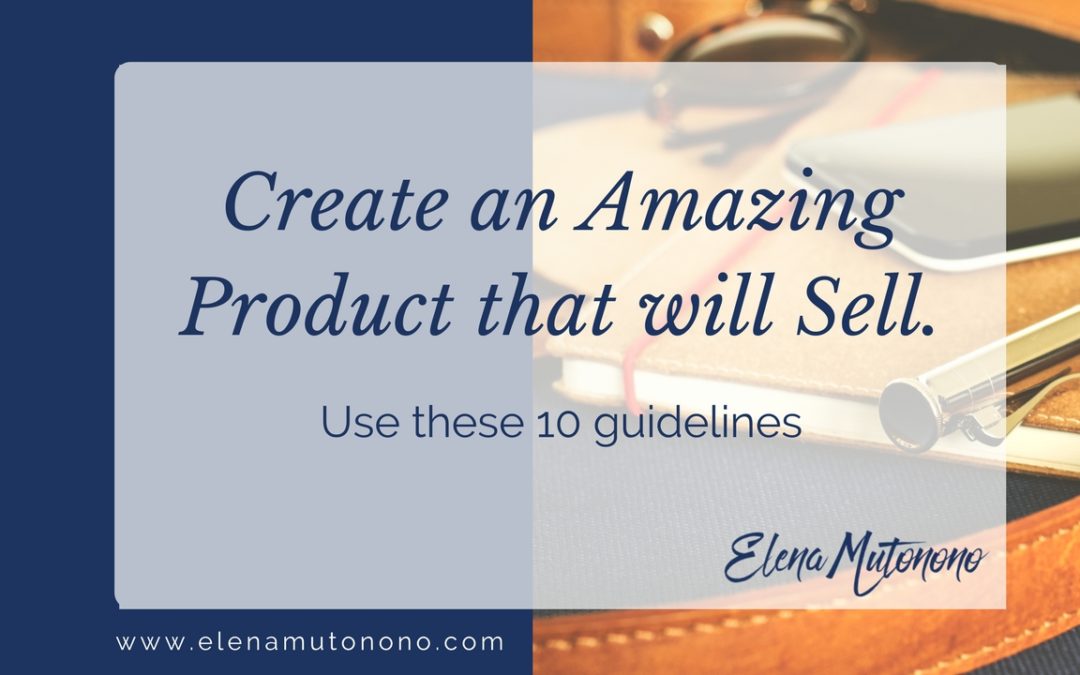
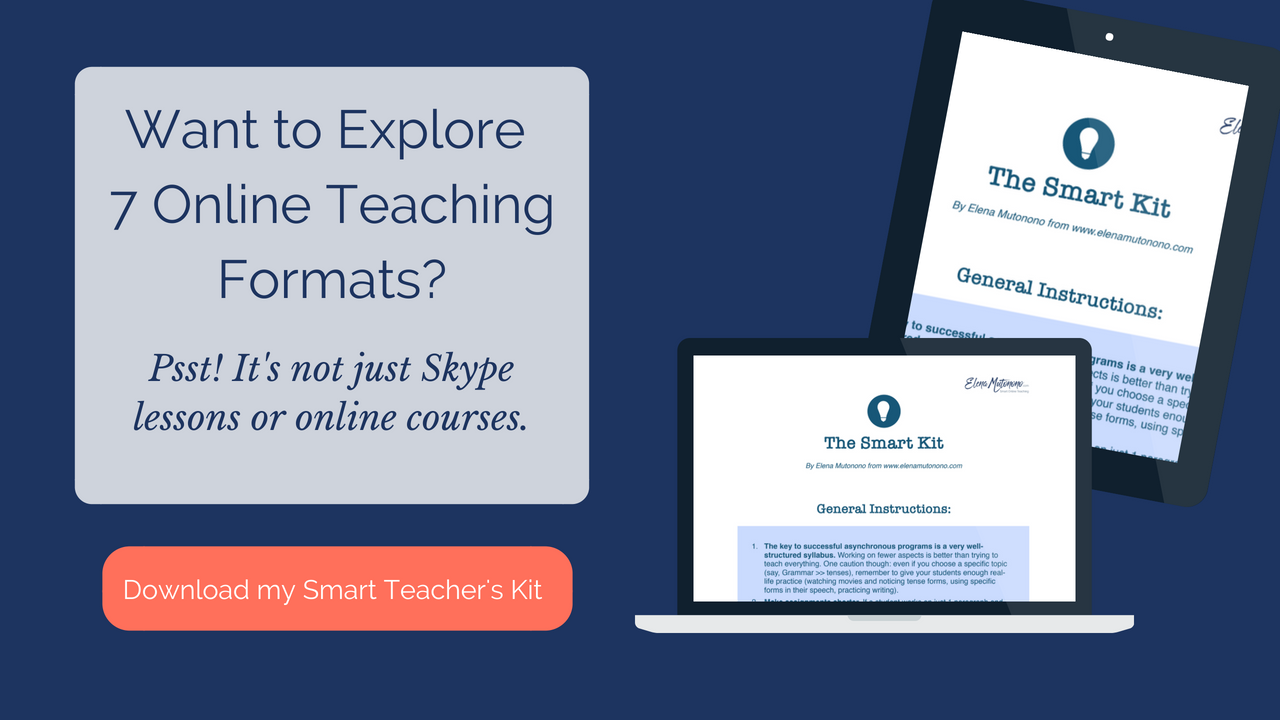
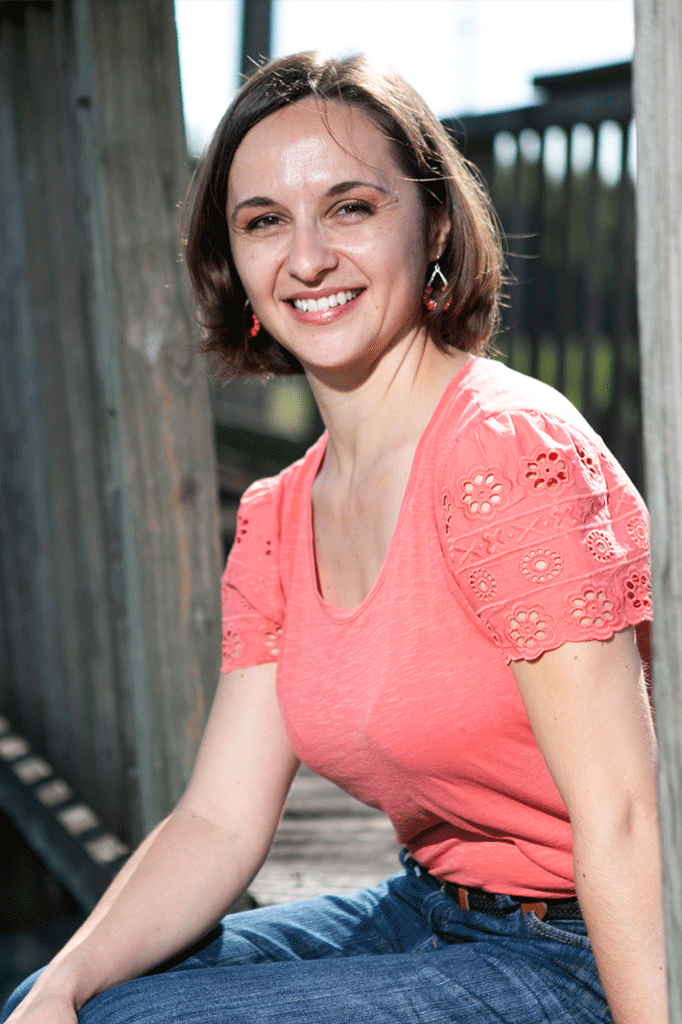 Welcome to my nook where *Big Magic* happens. My name is Elena Mutonono, I help small business owners package their services as digital products and sell them online. I want you to work smarter, not harder. Increase your impact beyond your current face-to-face clients. Grow your business as you reach more people all over the world.
Welcome to my nook where *Big Magic* happens. My name is Elena Mutonono, I help small business owners package their services as digital products and sell them online. I want you to work smarter, not harder. Increase your impact beyond your current face-to-face clients. Grow your business as you reach more people all over the world.
